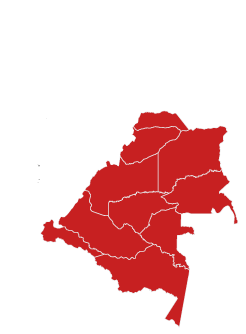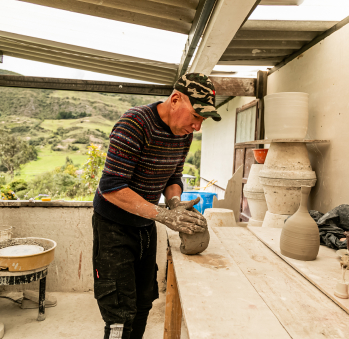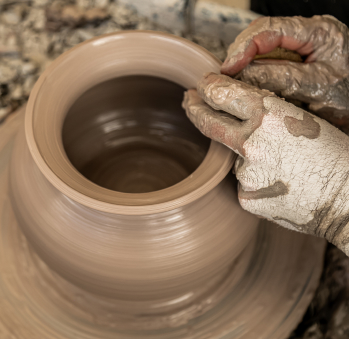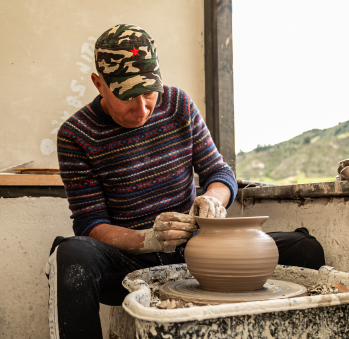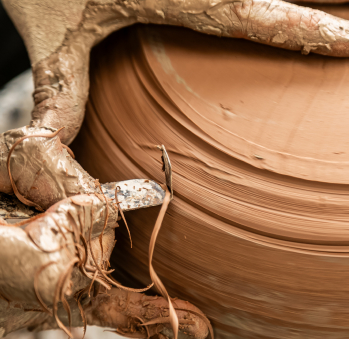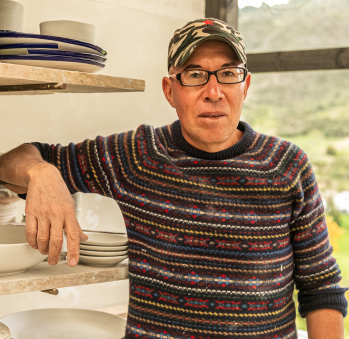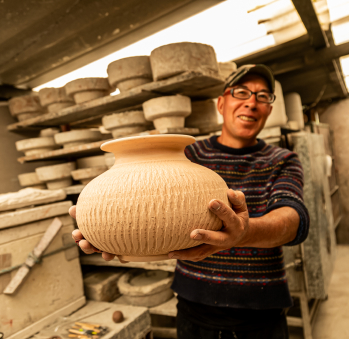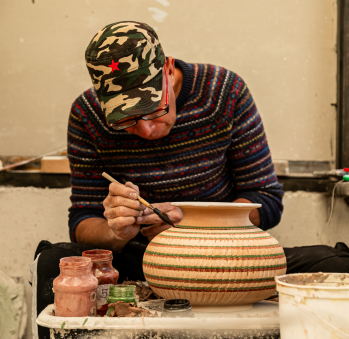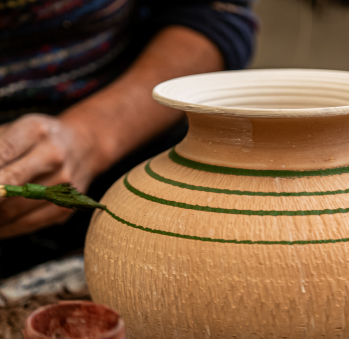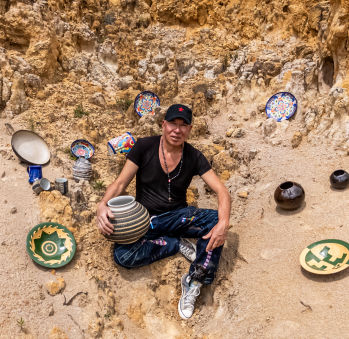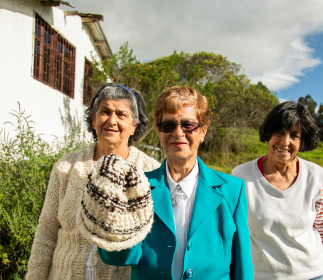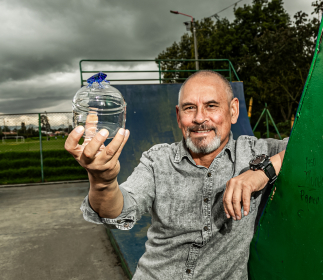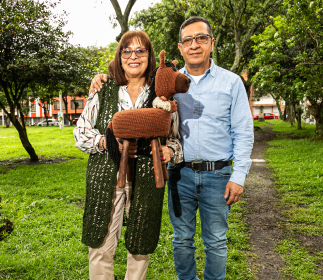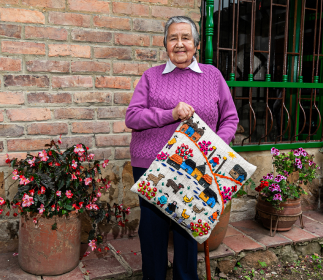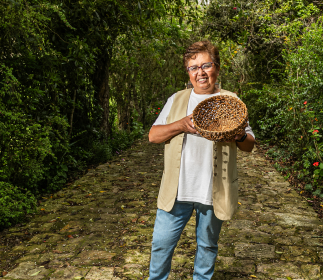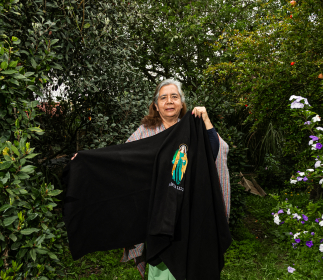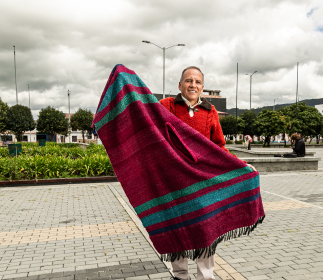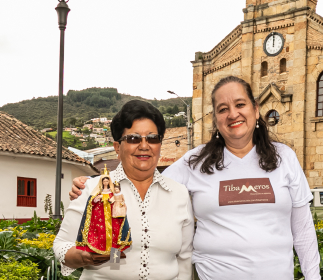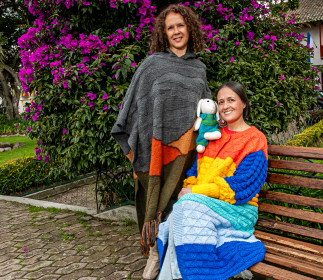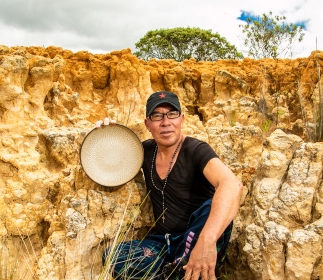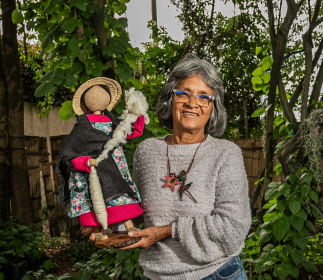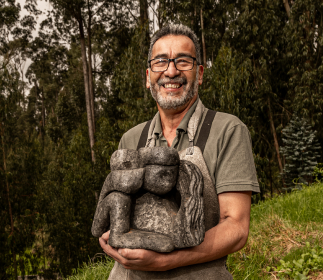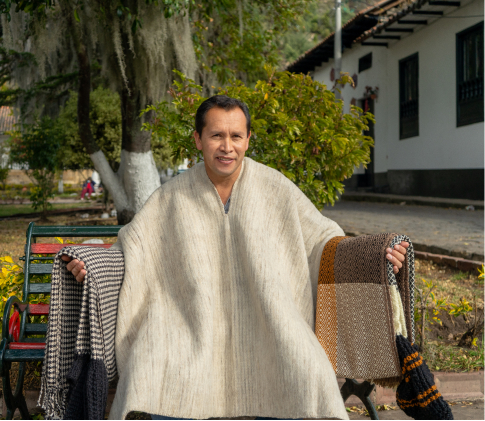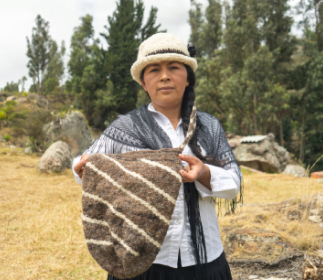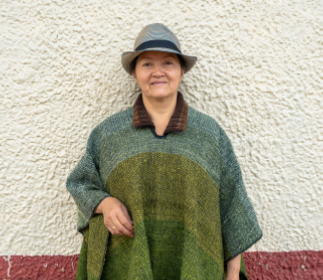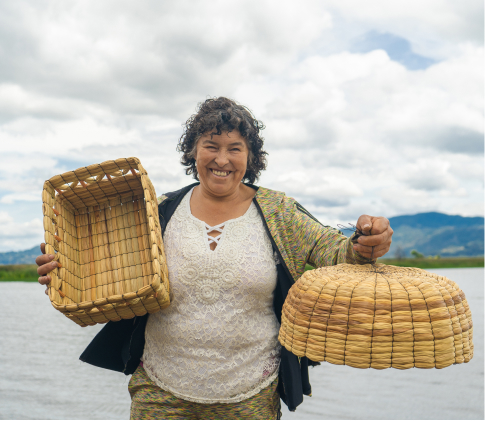Jaime Cortés
Workshop: Cuna de Tierra
Craft: Pottery and ceramics
Trail: Cundinamarca Route
Location: Guatavita, Cundinamarca
SCHEDULE YOUR VISIT
Parte rural de Guatavita
3224255396
jcortescristian@gmail.com
@cunadetierraartesanias
Jaime was once told by one of his teachers that once clay gets a hold of you for the first time, it never lets go. And that’s exactly what happened to him. Born in a land rich with clay in the municipality of Guatavita, it was his daily landscape since childhood—colorful clays that he encountered on his way to school along El Hatillo path. Intuitively, he played with these clays, making little blocks that he later used to embed candles, illuminating his home without electricity. However, it was only as he grew older that he discovered this material he was so drawn to was an indigenous pre-Hispanic tradition known as pottery, mastered for centuries by neighboring towns like Guatavita, Tocancipá, and Zipaquirá.
To uncover this artisanal past, one must explore the territory a bit. Guatavita la Nueva was inaugurated in 1967, replacing the old town which was flooded to create the Tominé Reservoir, a 630 millión cubic meters water reservoir spanning through the neighboring municipalities of Guatavita, Guasca, and Sesquilé. The construction of this new town focused on recovering the ancestral knowledge of the Muisca people, including the art of pottery. Doña Bertha Llorente de Ponce de León, wife of Jaime Ponce de León, the architect behind Guatavita la Nueva, spearheaded the creation of artisan workshops, where a young Jaime Cortés eventually found himself, thanks to a teacher who noticed his talent for drawing and encouraged him. In these workshops, supported by Artesanías de Colombia, he had the opportunity to learn from missions of Chinese masters and collaborate with artisans trained in Japan, learning techniques like tenmoku—a glaze rich in iron and bone ash.
Jaime recalls that the artistic vein in his family was embodied by his aunt Margarita Garzón, a poet who signed her work as Margarita leafless and sprouting. Even during church services, instead of listening to the sermon, he would be absorbed in staring at colonial paintings. His great fascination lies in Renaissance and Baroque art, and despite his love for exploring diverse references, traditions, and cultures—particularly Oriental and Mexican—he appreciates the beauty right before his eyes: the terracotta mountains that inspire the textures in his pieces. It was thanks to the clay from his region that he discovered his vocation, exploring both traditional ceramics of Cundinamarca in a magnificent contemporary development and also venturing into the emblematic Talavera pottery of Mexico alongside his partner Noé Cabrera, inheritor of the ceramist cradle that is Dolores Hidalgo’s land, in Guanajuato, Mexico. They capitalized on Noé’s decorative experience and Jaime’s technical expertise, creating a new market.
Jaime is eloquent as he guides us through the narrative of his craft, almost as if he were throwing it in the wheel, with spiraling layers of colorful clays, sprinkling us with facts about the region he inhabits—its history, chemistry, and geology. He talks about the advantages of his land’s abundance of iron, a fluxing oxide that allows the clay to vitrify exceptionally well. He also talks about the colors he achieves from the surrounding clays such as white, blue extracted with cobalt oxide, terracotta with iron oxide, and brown with manganese dioxide. A tremendous educator, he is eager to share and circulate knowledge. He recalls once teaching a workshop in Mexico where a student asked about a glaze, and without hesitation, he pulled out his notebook and shared the formula. A Mexican master confessed that such openness was unusual, as they often did not even trust their own children with such information…
And so, amidst kilns and pottery wheels, Jaime lives his daily life, creating pieces that have earned him a place among the best potters in the department. He experiments with techniques and finishes—matte, satin, glossy glazes, slips, underglazes, sgraffito, and textures—an infinity that he prefers to remain so, to continue discovering the myriad paths of ceramics, a piece of clay transformed by fire and a language— that of hands—that is universal and with which he feels complete.
Craft
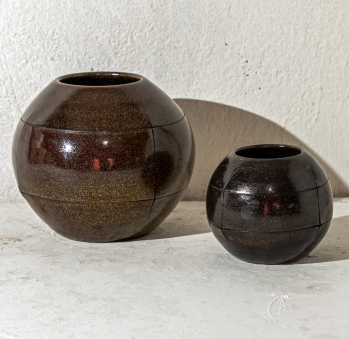
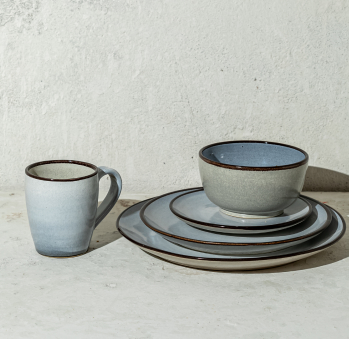
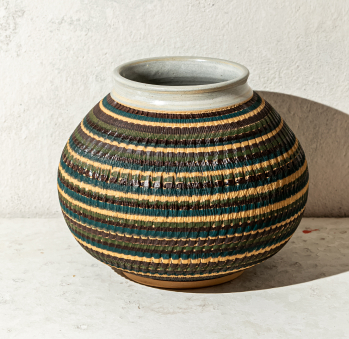
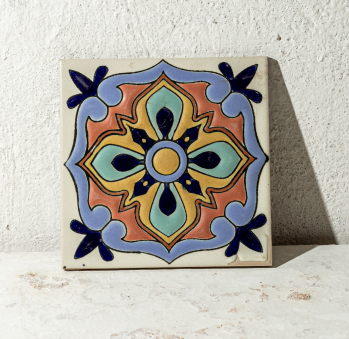
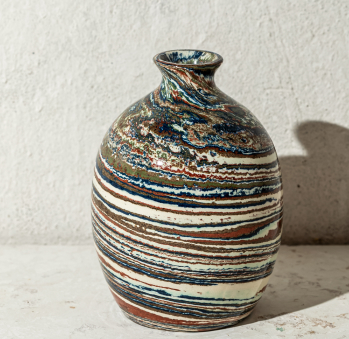
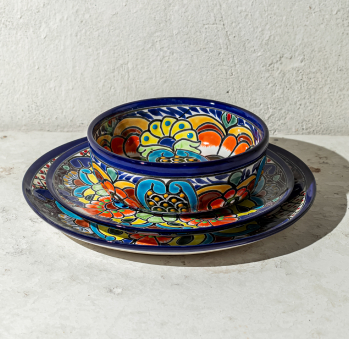
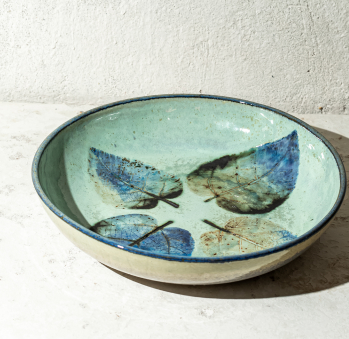
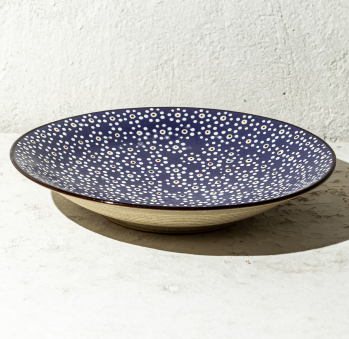
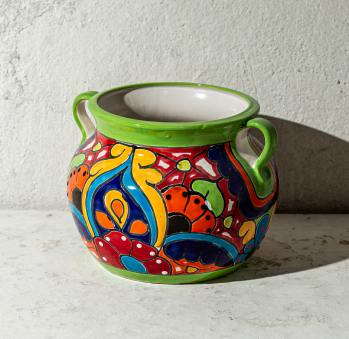









Artisans along the way
Artisans along the way
No puede copiar contenido de esta página

